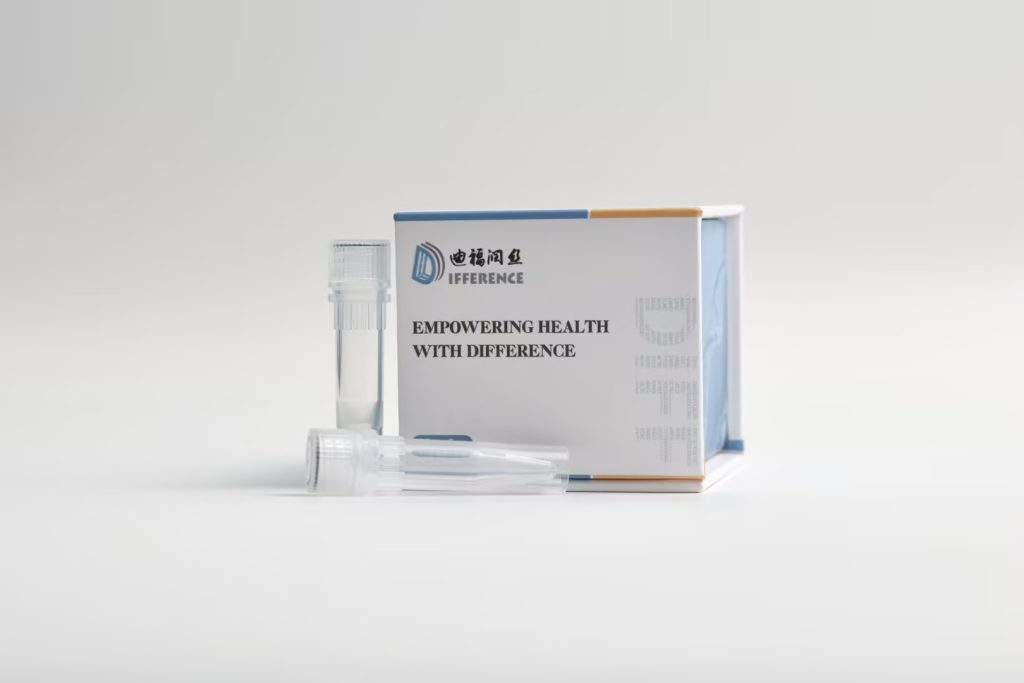Protease inhibitor testing plays an important role in drug development and biomedical research, but this testing process also faces many challenges. Here are some common challenges:
1. Selectivity and specificity of inhibitors
Challenge description: The ideal protease inhibitor should be highly specific to the target protease and have no significant inhibitory effect on other non target proteases. However, it is difficult to design completely selective inhibitors in practice, which may lead to off target effects in clinical trials, affecting the safety and efficacy of drugs.
2. Stability and metabolic issues of inhibitors
Challenge description: Many inhibitors may face issues of poor stability and susceptibility to metabolic degradation in vivo. This can lead to a shortened half-life of the drug in the body, requiring frequent administration, which not only increases the burden on patients but may also affect treatment efficacy.
3. Cell penetration and bioavailability
Challenge description: Some inhibitors may have good in vitro inhibitory activity, but they are difficult to penetrate cell membranes or reach effective concentrations in vivo, resulting in a significant reduction in actual efficacy. In addition, the bioavailability of drugs is also one of the key factors affecting efficacy.
4. The complexity and high cost of clinical trials
Challenge description: Clinical trials are a crucial step in evaluating the safety and efficacy of drugs, but this process is complex, time-consuming, and costly. In addition, due to the complexity of disease mechanisms, the success rate of clinical trials is often low, further increasing research and development risks.
5. Toxicity and side effects of inhibitors
Challenge description: Some inhibitors may have toxic effects on normal cells or tissues while inhibiting the target protease, leading to adverse reactions in patients. Therefore, in the design and screening process of inhibitors, it is necessary to fully consider their toxicity and side effects.
6. Technical limitations and bottlenecks
Challenge description: In protease inhibitor testing, technical limitations and bottlenecks cannot be ignored. For example, traditional screening methods may not be efficient in discovering highly selective and specific inhibitors; Although high-throughput screening technology improves screening efficiency, it may also affect the accuracy of screening results due to false positive or false negative results.
7. Interaction between inhibitors, solvents, and ion effects
Challenge description: In living organisms, the dynamic behavior of proteins is regulated by solvents and ions. However, traditional molecular dynamics simulations typically only consider the interactions between proteins and ligands, ignoring the effects of solvents and ionic environments on proteins. This may lead to a less comprehensive and accurate understanding of the interaction between inhibitors and proteases.
In response to these challenges, researchers need to continuously explore new inhibitor design strategies, optimize screening methods, improve experimental efficiency, and reduce research and development costs. Meanwhile, strengthening interdisciplinary cooperation and utilizing advanced biotechnology methods are also important ways to address these challenges. With the continuous progress and innovation of science and technology, it is believed that more breakthroughs and advancements will be made in protease inhibitor experiments in the future.
Share on:
Facebook
Twitter
Pinterest
WhatsApp
Recent posts
We recommend


